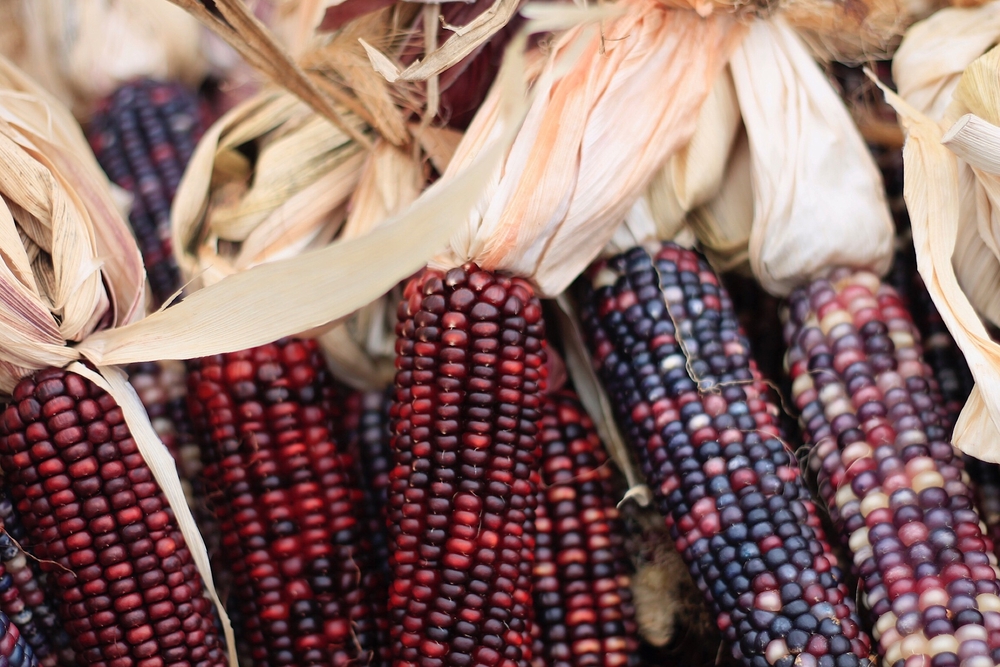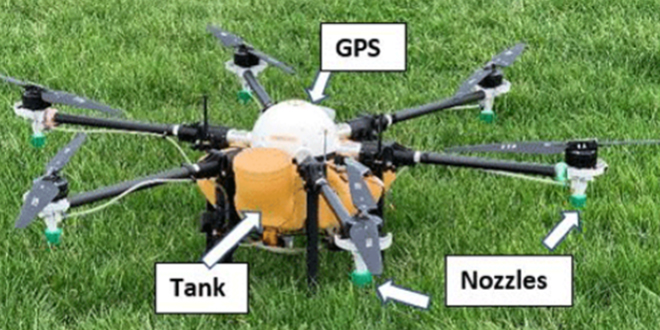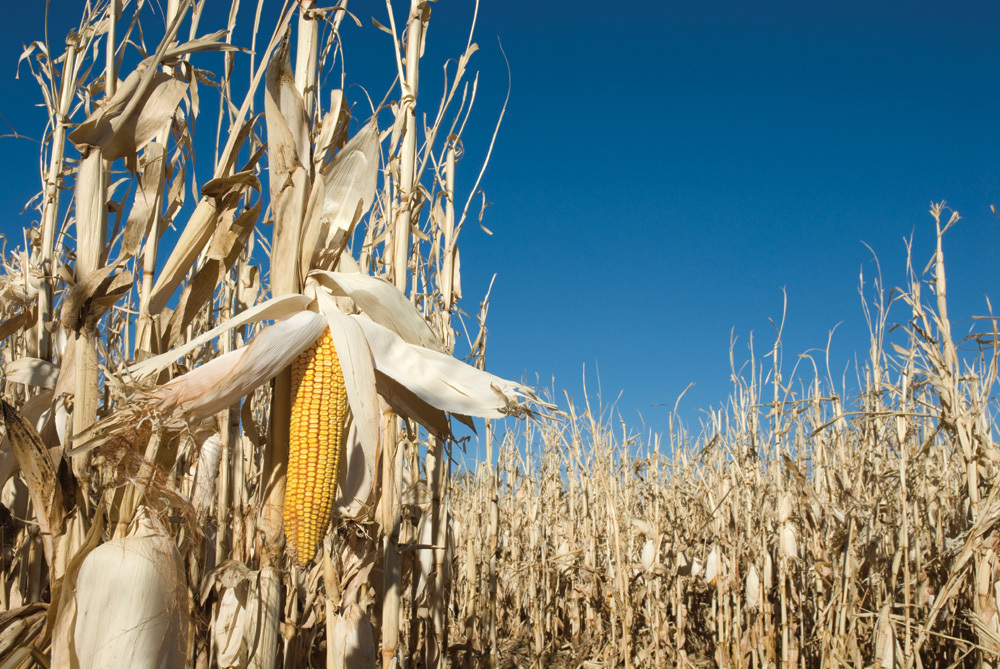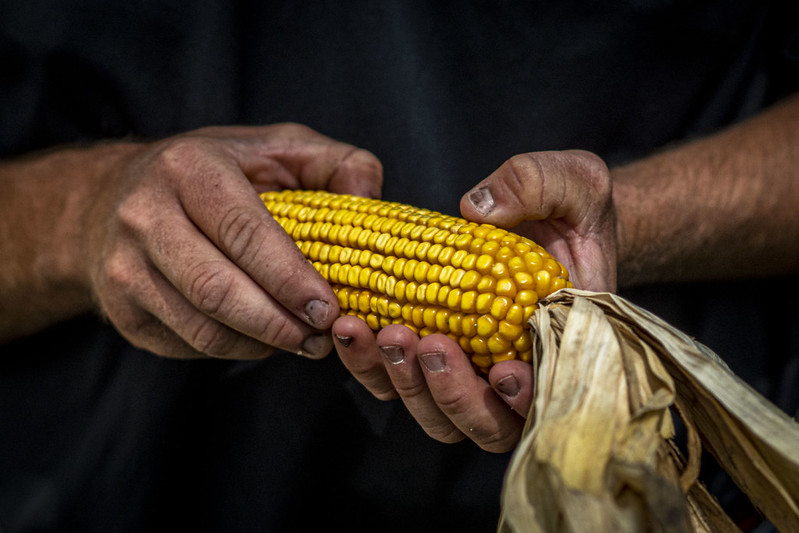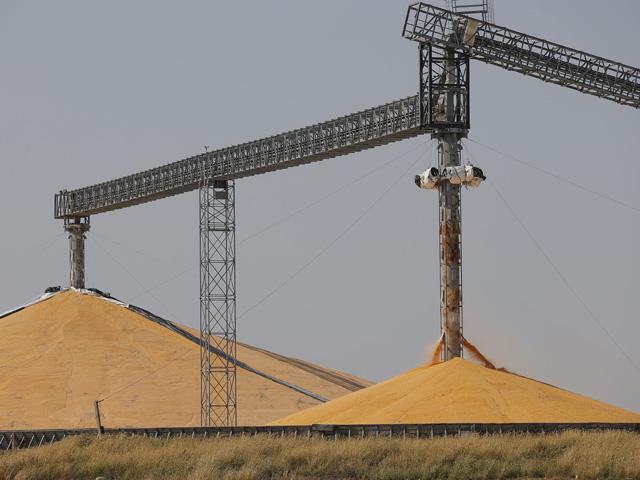 John LaRose Jr.
John LaRose Jr.
Topics: Corn/Maize, Agriculture US, Cover Crops, Crop Consultant, Sustainability,
Researcher boosts corn silage yields by interplanting cover crops in Magic Valley
Study evaluates a system of leaving more space between rows of silage corn and subsequently planting cover crop seed blends in the gaps
-
(0)
-
Bookmark
- Comments (0)
03/29/2023 SOURCE: flip.it
Along the eastern seaboard, there’s a growing network of folks interested in reanimating the dead—or, at least, the nearly dead. “There's definitely a robust network on the eastern seaboard of people in brewing, distilling, academics and malting that are building on a lot of these storylines and getting some of these varieties back into the public's hands,” says Brent Manning, certified cicerone (like a historian for beer and spirits) and co-founder of Asheville, NC-based Riverbend Malt House. He’s talking specifically about Bloody Butcher Corn—a hybrid of Hackberry Dent and Red Corn, with deep maroon kernels and a complex taste. It
How Distilling Almost Killed—Then Revived—One Of America’s Heritage Crops
-
(0)
-
Bookmark
- Comments. (0)
 John LaRose Jr.
John LaRose Jr.
Topics: Corn/Maize, Agriculture US, Crop Consultant, Drones UAV,
Fungicide application in corn with ground machines and spray drones - Ohio Ag Net | Ohio's Country Journal
By John Fulton, Alan Leininger, Cori Lee Spray drones have become a hot topic not only in Ohio, but
-
(0)
-
Bookmark
- Comments (0)
03/23/2023 SOURCE: home.dartmouth.edu
-
(0)
-
Bookmark
- Comments. (0)
03/23/2023 SOURCE: english.cas.cn
-
(0)
-
Bookmark
- Comments. (0)
 John LaRose Jr.
John LaRose Jr.
Topics: Corn/Maize, Crop Consultant, Ag South America, Ag North America,
Ag Report: Mexico's decision on corn may affect Ohio farmers
Chuck and Andy explain what recourse farmers have.
-
(0)
-
Bookmark
- Comments (0)
-
(0)
-
Bookmark
- Comments (0)
03/09/2023 SOURCE: ethanolproducer.com
The USDA maintained its forecast for 2022-’23 corn use in ethanol production in its latest World Agricultural Supply and Demand estimates report, released March 8. The agency also lowered its forecast for season-average corn prices.
USDA maintains forecast for 2022-’23 corn use in ethanol @EthanolMagazine
-
(0)
-
Bookmark
- Comments. (0)
 Randy Krotz
Randy Krotz
Topics: Corn/Maize, GMO's, Trade (Commodities),
US Nears USMCA Dispute With Mexico Concerning GMO Corn
By requesting consultations, the U.S. Trade Representative began a process to come to a settlement on ag biotechnology imports to Mexico. If a settlement is not reached, the issue will move to a full-blown trade dispute.
-
(0)
-
Bookmark
- Comments (0)
Topics: Corn/Maize, GMO's, Trade (Commodities), USDA, Ag North America,
USTR Seeks Formal Consultation Meeting on GMO Corn Dispute With Mexico
The U.S. Trade Representative has asked for a formal meeting with Mexican authorities to discuss the country's plans to ban genetically engineered corn from human consumption.
-
(0)
-
Bookmark
- Comments (0)



